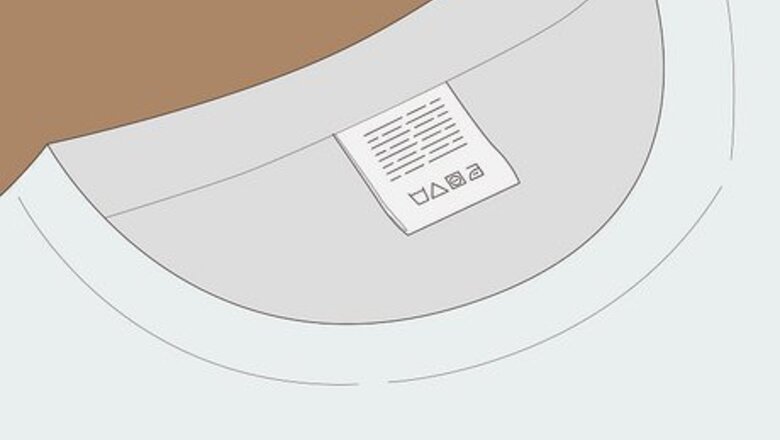
views
Preparing Garments
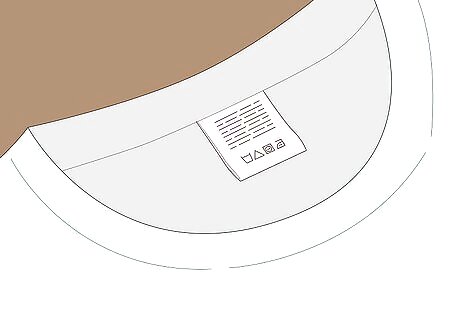
Check the clothing label. On the inside of your garment, there is a care label. Reading this label will give you an idea of what you can use on your garment safely. For example, an empty triangle is the symbol for bleach. If the triangle is black with a large “X” through it, you cannot use bleach of any sort. If the triangle is striped black and white, you can use non-chlorine bleach only.
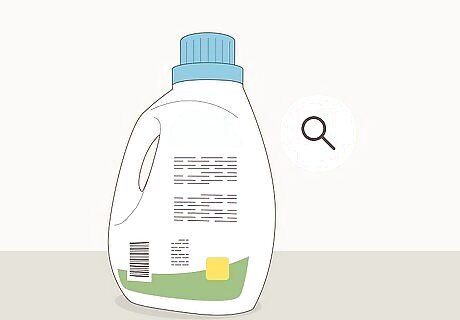
Read the product information. Before using any cleaning product or detergent, read the label. The label can help identify which products are best for which garment. It can also tell you if it is safe on the type of garment you are using. For example, a detergent with bleach will be best for a white garment, but may not be the best choice for a dark colored garment.
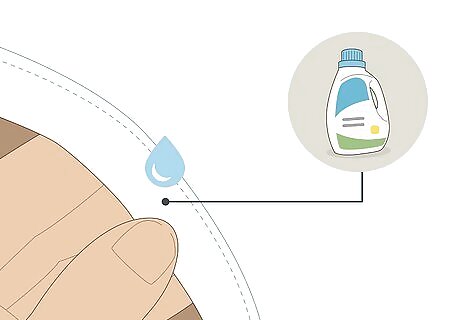
Test on a small area. Before putting anything on a stained item of clothing, do a test spot first. A test spot will allow you to check that you can use your stain removal solution on the clothing without causing permanent damage like changing the colour. The inside hem is a great location to test a solution because it is very inconspicuous.

Remove any excess dirt or grass. Before doing anything with your item, you should remove excess dirt or grass from the stained location. Blot, rather than rub, to try get the excess out. Rubbing will only cause the stain to move further into your clothing. Struggling to get some dirt off? Try holding the clothing taut between your fingers, and flicking from the inside of the garment. This should forcefully fling off any excess mud.
Removing With Liquid Detergent and Vinegar
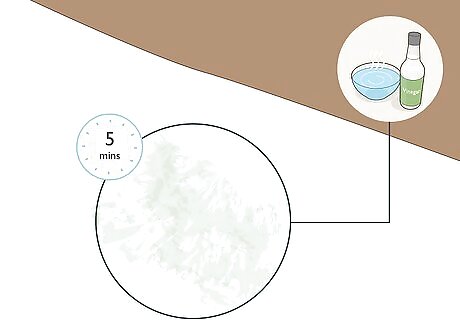
Pretreat the stain. After you’ve removed excess dirt and grass, you should pre-treat your grass stain for the best removal. Pretreat by dabbing a 50/50 mixture of warm water and white vinegar. Saturate the stain well to ensure deep penetration by the vinegar. Allow the watered down vinegar to sit for five minutes. Never use fruit vinegar for stain treatment. Only use plain white vinegar. You can also dampen the stain with cold water.
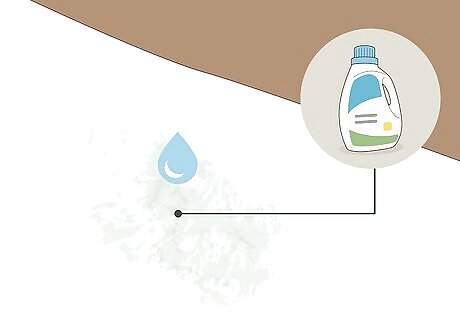
Apply detergent directly. After your vinegar solution has sat on the clothing item for five minutes, apply laundry detergent directly to the stain. If available, use a detergent that has bleach. Bleach contains enzymes which help break down grain stains. Try using a dime-sized amount of detergent, or just enough to cover the stain. Using powder detergent? Try mixing a dash of water into the powder to make it paste-like, then spread over the stain.
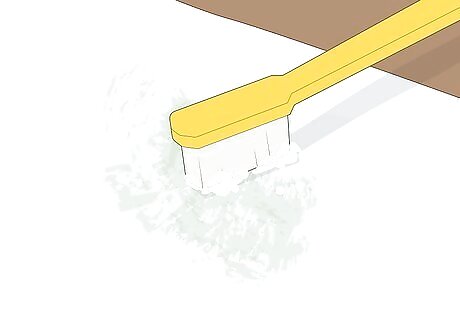
Massage the stain. Once you’ve applied the detergent, massage the stain. You want to massage gently, as to not ruin the clothing, but firmly, to ensure you get deep into the stain. The longer you massage the more effective the treatment is likely to be. After massaging for several minutes, allow the detergent to sit. Use a clean toothbrush to the brush over the stain.
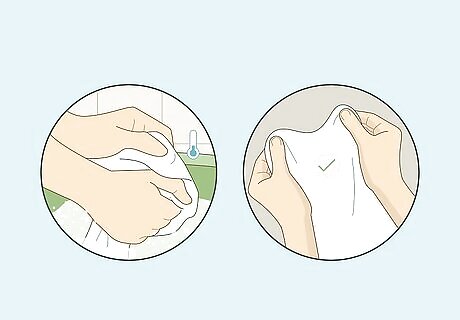
Rinse and check. Once the stain has sat for 10-15 minutes, give it a rinse with cold water. Check to see if the stain has been removed. It should be significantly fainter, if not completely removed. If the stain isn’t banished, you can safely repeat the process with water, vinegar, and detergent until the garment is stain-free. Let your garment hang-dry after you've spot treated the stain.
Removing With Alcohol

Wet the stain with isopropyl alcohol. Isopropyl alcohol is a solvent that will dislodge any color from stains. This includes the green pigment left behind by grass. To wet the stain, take a sponge or cotton swab and generously dab with alcohol. Rubbing alcohol, also known as isopropyl alcohol, works on removing grass stains because it dissolves the green pigment left behind in a grass stain. If you’re working on a delicate fabric, try a 50:50 solution of water and alcohol. Note that adding water means it may take longer to dry.

Air dry and rinse. Allow the stain to complete air dry before moving forward. The alcohol will evaporate out of the stain and most of the pigment should be dislodged. After the stain is dry, rinse it with cool water. Using cool water prevents the stain from setting. Use of hot water, or heat at all, will set the stain and make it more difficult to remove.

Apply liquid detergent. Apply a small amount of detergent to the stain. Massage for at least five minutes, but the longer the better. Once you’re satisfied with your massaging, rinse the stain with cold water until the water runs clear.

Check the stain. Allow the garment to air dry. Once it is dry, check to see if the stain is gone. If not, repeat the process. If the stain has been removed, you can launder the item as normal.
Removing With DIY-Stain Remover

Mix your DIY-remover. If you’ve got a particularly stubborn grass stain, try using a homemade stain remover. Mix ¼ cup bleach, ¼ cup peroxide and ¾ cups cold water into a container. The combination of hydrogen peroxide with bleach will work as an incredible stain remover. When working with bleach and peroxide, mix in a well-ventilated area to prevent inhalation of fumes. Never substitute bleach with ammonia. Ammonia is known to immediately set a stain. Bleach is known to change the color of a garment. Always spot test on an inconspicuous location before applying the mixture to the stain.

Apply, massage and let sit. Place your homemade solution onto the stained area. Allow it to saturate the stain. Next, massage it in gently. Once you’ve massaged for several minutes, put the garment somewhere safe and allow it to sit. Ideally your solution can sit on your clothing for 30-60 minutes, but longer is better.
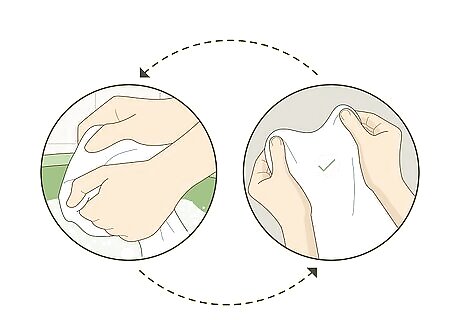
Rinse and check. Once your item has finished sitting, give it a thorough rinse. Check to see if the stain has disappeared. If there is still traces, feel free to apply your DIY-remover again. If it is gone, you can launder the clothing as normal.



















Comments
0 comment